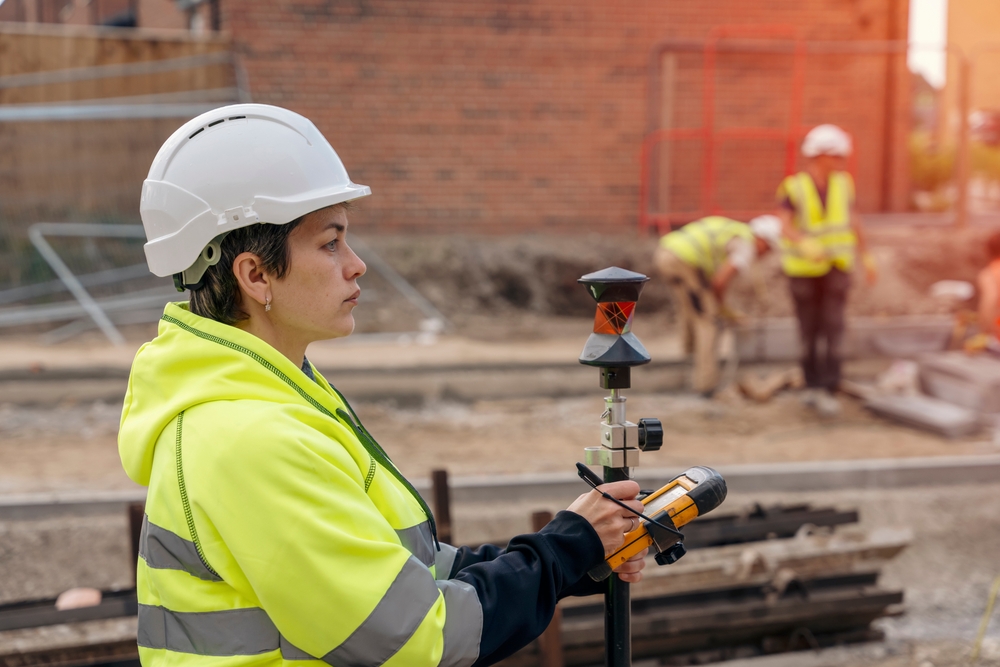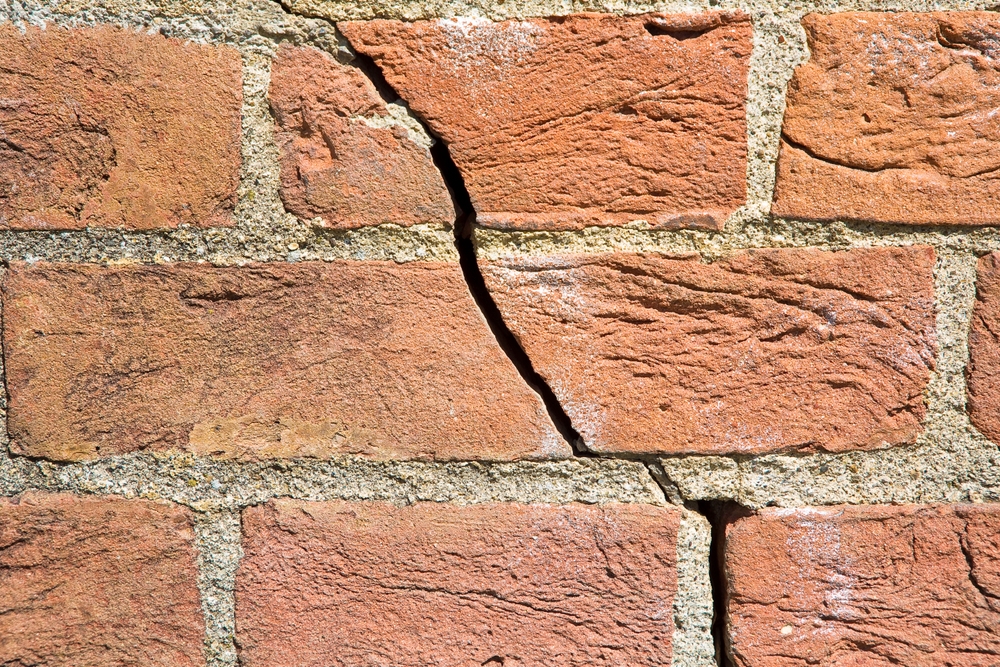


Few issues are as concerning when it comes to protecting your home as subsidence. This unsettling phenomenon can lead to serious structural damage, affecting not only the stability of your property but also its value and your peace of mind. For homeowners, it’s crucial to recognise the signs of subsidence and understand how to address it through subsidence claims.
In this guide, we’ll cover everything you need to know about subsidence claims, including common causes and signs, practical prevention tips, and how to navigate the insurance claims process.
Whether you’re looking to prevent subsidence or already facing a subsidence issue, this article will provide the insights necessary to protect your property and manage your claims effectively.
Subsidence Claims Statistics
Future Predictions
Subsidence refers to the downward movement of the ground supporting a building, leading to structural damage. It often manifests as sinking or settling soil beneath foundations, impacting property stability and insurance considerations. Timely intervention is essential, as insurers carefully assess properties with a history of subsidence, which affects premiums and coverage terms. Knowing about subsidence and handling claims is invaluable for maintaining your property’s value and ensuring comprehensive insurance coverage.
Subsidence can result from many factors relating to your property’s soil type and environmental conditions. Understanding these causes is crucial for taking preventative action.
Soil Composition and Moisture
Soil type is a primary contributor to subsidence. Clay soils are especially prone to shrinking and swelling with moisture changes. During dry periods, clay contracts, causing subsidence, while it expands during wet conditions, potentially leading to heave (an upward ground movement).
Natural Vegetation
Another significant cause of subsidence is the presence of natural vegetation. Tree roots near buildings absorb significant soil moisture, which can increase shrinkage risk, especially in clay-heavy soils. Properties with large trees nearby may experience greater subsidence risk due to these water-demanding root systems.
Human Activities
Human activities such as poor drainage, water leaks, and historical mining can also worsen subsidence issues. Leaking drains or plumbing can saturate and weaken the soil, triggering subsidence. Similarly, previous mining activities often leave voids that pose subsidence risks for properties built above them.
What Oakleafe Clients Say:
Book your complimentary consultation with our insurance claim professionals.
Our insurance claim professionals will explain the claim process to ensure you understand your options.

Identifying subsidence early can help prevent extensive damage and costly repairs. Here are the primary signs of subsidence to watch for:
By recognising these signs of subsidence, you can take prompt action to mitigate further damage, preserving your property and its value. Distinguishing between minor settlement and serious subsidence is crucial for addressing issues effectively.
Although not all subsidence can be prevented, proactive measures can significantly reduce your property’s risk. Here are some key steps you can take.
Vegetation Management
One essential strategy is managing vegetation around your home. Avoid planting trees with high water demand near foundations, and consider root barriers to protect your property from invasive root systems.
Home Maintenance and Drainage
Regular home maintenance, such as inspecting and repairing drainage systems, helps maintain soil integrity. Proper soil grading around your foundation can also direct water away from your property, reducing the risk of soil saturation and subsidence.
Foundation Inspections
Addressing minor foundation issues promptly can prevent them from escalating into significant problems. Regular inspections and maintenance can identify potential risks early, enabling you to take corrective actions before substantial damage occurs.

Insurance plays a crucial role in managing subsidence risks, but standard home insurance policies often exclude coverage for subsidence claims. Consider the following key steps:
With adequate subsidence insurance coverage, you’re better protected against the financial impact of subsidence claims. Maintaining open communication with your insurer and understanding your policy’s limitations is essential for safeguarding your investment and addressing potential subsidence claims effectively.
If you notice any signs of subsidence and need to file a claim, following the correct process can help improve the outcome. Here are the key steps involved in making a subsidence insurance claim.
Inform Your Insurer
Contact your insurer when you notice any subsidence signs, initiating a formal claim. Early notification ensures that your case is documented and prioritised for assessment.
Collect Evidence
Collect photographs of the damage, assessment reports, and other evidence to support your claim. This evidence helps to substantiate the claim and clarify the extent of damage.
Hire a Surveyor
An expert surveyor can objectively evaluate the damage’s extent, adding credibility to your claim. Their assessment is often essential in cases involving subsidence.
Work with a loss assessor
A loss assessor can help with subsidence claims, as they can liaise with your insurer to assess damage and determine compensation. To facilitate a fair settlement, maintain clear communication, provide requested information promptly, and keep detailed records of interactions
By following these guidelines, you can streamline your subsidence claims process, increasing the chances of a positive outcome while minimising potential delays.

Once subsidence is identified, selecting the right repair method depends on the severity and underlying cause of the issue. Here are some commonly used repair options.
Underpinning for Severe Subsidence
Underpinning, which involves reinforcing the foundation, is a common technique for addressing significant subsidence. This method stabilises the property by strengthening the foundation base.
Resin Injection for Minor Subsidence
For less severe cases, resin injection can stabilise the soil by filling voids, offering a less invasive solution for minor subsidence. This technique is often more affordable and faster than underpinning.
Each repair method varies in cost and long-term effectiveness, impacting property value and stability. Evaluating the nature of the subsidence and consulting with professionals can help determine the best approach for your situation.
Living in or dealing with a property affected by subsidence presents unique challenges, particularly when buying or selling. A history of subsidence can influence the property’s market value and complicate transactions. Buyers should conduct thorough inspections, and sellers should provide detailed records of repairs and mitigation measures undertaken.
Understanding the insurance implications of owning a subsidence-affected property is crucial for protecting your investment. Ensuring continuous coverage and awareness of potential policy exclusions can safeguard against unexpected financial burdens. subsidence claims
Understanding subsidence claims is key to protecting your property and confidently navigating the insurance process. By recognising early warning signs, taking preventative measures, and knowing what to expect in repairs and subsidence insurance coverage, you can better manage the risks and impact of subsidence.
Key Takeaways:
These steps can help you protect your investment, whether dealing with an active subsidence issue or preparing for future possibilities. If you’re facing subsidence or need assistance with a claim, consult a subsidence claims specialist to guide you through the claims process and ensure your property’s stability.
Oakleafe Claims have represented policyholders and managed their insurance claims since before the First World War. We have vast expertise and experience in both domestic and commercial insurance claims with thousands of satisfied policyholders who have received their deserved insurance settlement. With no upfront fees required, our internal data shows that insurance claims managed by professional loss assessors like Oakleafe can expect a settlement up to 40% higher than claims managed by the policyholder.
What Oakleafe Clients Say:



Please complete the form and one of our insurance claim professionals will call you back ASAP